
PREV ARTICLE
NEXT ARTICLE
FULL ISSUE
PREV FULL ISSUE
NUMISMATIC NUGGETS: FEBRUARY 26, 2017
Here's a selection of interesting or unusual items I came across in the marketplace this week. Tell us what you think of some of these.
-Editor
Souvenir California Gold Tokens 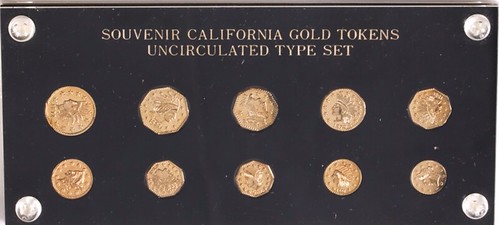
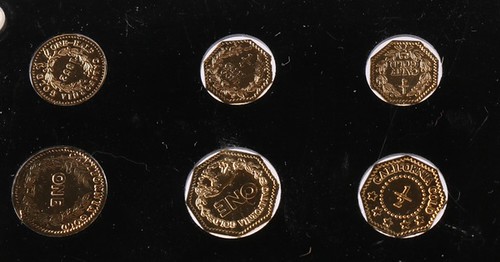
It's hard to view the details of the coins
-Editor
ITEM DETAILS
DIMENSIONS
To read the complete lot description, see:
Medals Commemorating Battles of the American Revolution 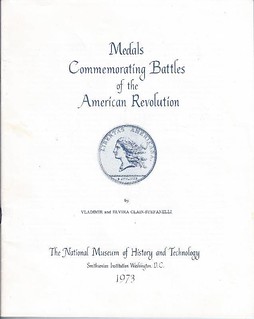
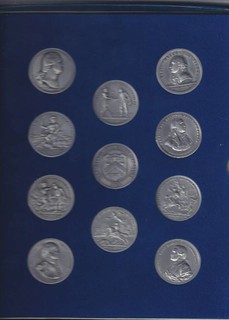
These pewter medals were issued in 1973 by the Smithsonian National Museum of History and Technology and I believe, produced by the U.S. Mint. There was an accompanying book written by National Numismatic Collection curators Vladimir & Elvira Clain-Stefanelli. I thought I had a copy, but couldn't find it on my medal shelves. Can anyone tell us more about these? How many sets were made, and by what process? I'm assuming all were modelled on originals in the NNC.
-Editor
To read the complete lot description, see:
1963 Lincoln The Emancipator Medal 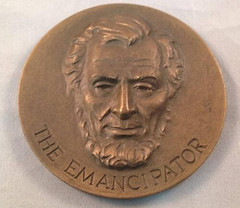
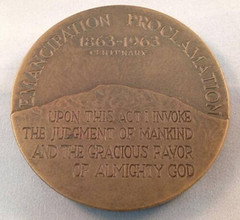
Lot 859: Lincoln Bronze Medal The Great Emancipator Description: Bronze medal that measures approximately 2 1/2" and is embossed with the proclamation. Great piece of history...Good Luck!!
It's not often you see a full front-facing view. High relief on that Mt. Rushmore-sized Presidential nose!
-Editor
To read the complete lot description, see:
1882 National Currency $5 Medicine Lodge, Kansas 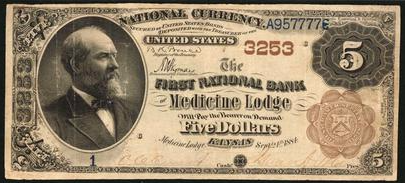
Medicine Lodge, Kansas. $5 1882 Brown Back. Fr. 467. The First NB. Charter #3253. PMG Very Fine 30. Serial Number 1. We have the privilege tonight of offering for the first time to the collecting community this incredible serial number 1 Five Dollar Brown Back from the First National Bank of Medicine Lodge, Kansas. This note represents a remarkable feat of survival as just $285 of the banks total issue of $40,060 in National Currency remained outstanding in 1910. This note is the only known surviving example of National Currency issued by the bank. The town of Medicine Lodge is located in Barber County. Before the area was settled by whites it was occupied by the Kiowa people who believed the nearby Medicine Lodge River, or A-yadalda P'a as they called it, was sacred due to the high content of healing Epsom salts in the river. The Kiowa constructed a tabernacle a few miles south of the present day town for the celebration of their annual sun dance in 1866. The area was also the site of the Medicine Lodge Treaties signed between the United States and a number of different Plains Indians tribes including the Kiowa, Comanche, Apache, Arapaho and Cheyenne. The bank issued only Five Dollar Brown Backs in sheets of four notes each. A total of 2003 sheets were issued by the bank before it was liquidated on March 1, 1894. The note offered here this evening is the Plate C note from the first sheet of notes ever issued by the bank. Medicine Lodge had one other note issuing national bank, the Citizens National Bank of Medicine Lodge, which operated from late 1886 until early 1891. That bank remains unreported with just $175 outstanding in 1910.
A great National Currency rarity from a really cool-sounding place.
-Editor
To read the complete lot description, see:
1914 German Empire Wilhelm II Silver Medal 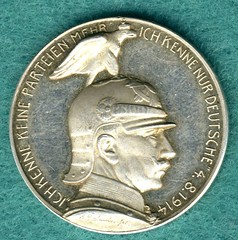
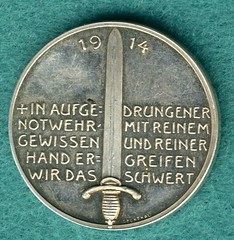
German Empire - silver medal 1914, Wilhelm II. Silver 990, 34.5 mm, 17.42 g.
Um, that's just really weird.
-Editor
To read the complete lot description, see:
1914 German Empire East Prussia Silver Medal 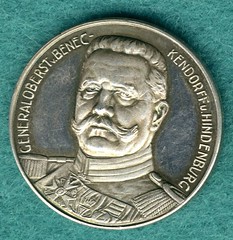
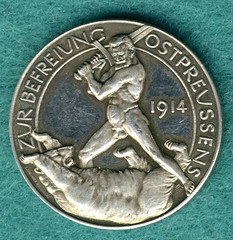
German Empire Silver medal 1914 to the freedom of East Prussia. 990 silver, 33.4 mm, 17.82g.
But ya know, this one is even weirder. But I'm taking a shine to these WWI-era silver medals. There are apparently quite a number of them, and I'll bet they'd make an interesting exhibit.
-Editor
To read the complete lot description, see:
1900 Paris Summer Olympics Auto Racing Medal 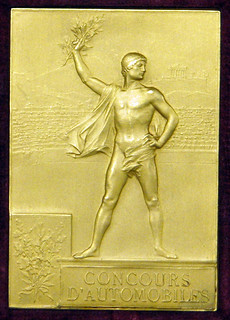
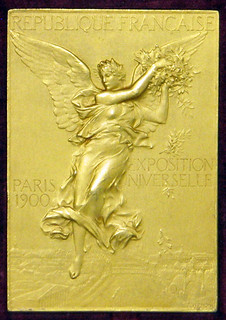
Inspired by the games of the ancient Greeks, held in Olympia from the 8th century BC to the 4th century AD, 14 nations and 241 athletes came to Athens in 1896 to compete in 43 events in what is now known as the founding of the modern Olympic Games. At its conclusion, it was decided that in the spirit of world unity, a new Olympiad would be held every four years at a different host city around the world. So in 1900, in conjunction with the International Exposition (later known as the World's Fair), the Games of the Second Olympiad were held in Paris, France. The games were expanded to 85 events with 997 members from 24 nations participating. Unlike the first Olympiad, women were permitted to compete (22 participated) and several "exhibition events" were added for the Paris Olympiad that never appeared again in subsequent contests. One of those categories was auto racing, which was gaining world popularity with the advancement of the automobile. One winner of the 14 automobile events was French automobile pioneer Louis Renault, who founded what is now the 10th largest automobile maker in the world. Already a professional, Renault received prize money rather than a gold medal like the 22K solid gold piece offered here. If there was any doubt that auto racing was considered the up and coming event of the 20th Century, consider that the prize for track and field winners was a silver medal plated in gold while auto racing victors got the real thing, a designed plaque that was 50% larger in comparison and almost 92% pure gold. The plaque measures 58 x 41 x 3 mm., weighs approximately 3.3 ounces and is stamped "OR" on the edge (French for "gold"). Designed by Frédéric Charles Victor de Vernon and produced by the Paris Mint, one side has an athlete standing at the podium above the words "CONCOURS D’AUTOMOBILES" (Automobile Contest) with Nike, the Greek goddess of victory on the other side, along with “REPUBLIQUE FRANCAISE – PARIS 1900 – EXPOSITION UNIVERSELLE." Designer "F. Vernon" is engraved in the lower right corner. Included is the original lined presentation box with a push clasp that opens it. This was the only Olympics that issued metal plaques to its victors, and of the few surviving specimens, none compare in quality to this NM to NM/MT specimen.
Wow - what a great medal!
-Editor
To read the complete lot description, see:
Katanga Cross 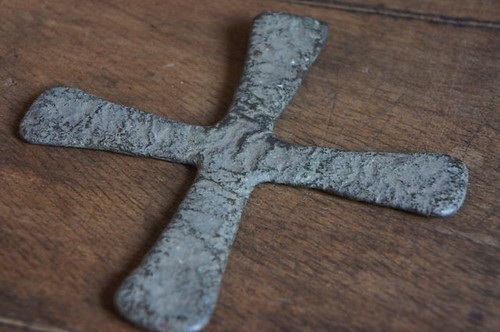
This small and exquisite cross, known as Katanga, was used as a form of currency (primarily) in the Congo and is considered to be a type of private money. The crosses were also placed in the graves of the dead in order that they would also have money / wealth in the realm of the dead. These crosses were produced until about 1930, after this time, paper money was used. This object is an authentic piece of tribal art! Dates to: around 1900 or earlier
I've always been oddly curious about odd & curious money. Can these crude items ever be truly authenticated as having been used as money?
-Editor
To read the complete lot description, see:
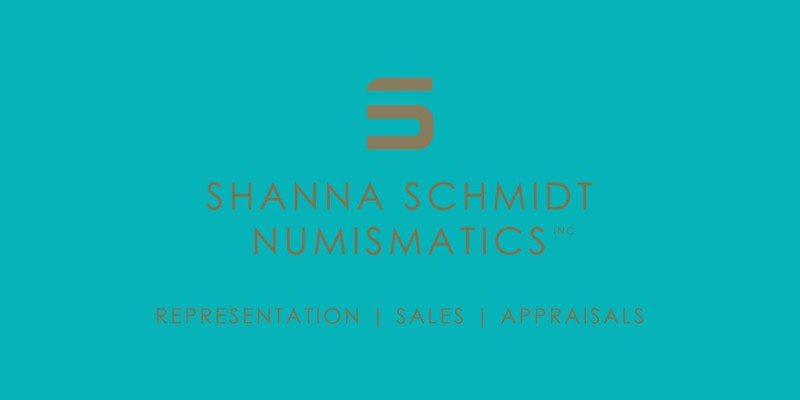
Wayne Homren, Editor The Numismatic Bibliomania Society is a non-profit organization promoting numismatic literature. See our web site at coinbooks.org. To submit items for publication in The E-Sylum, write to the Editor at this address: whomren@gmail.com To subscribe go to: https://my.binhost.com/lists/listinfo/esylum All Rights Reserved. NBS Home Page Contact the NBS webmaster 
|